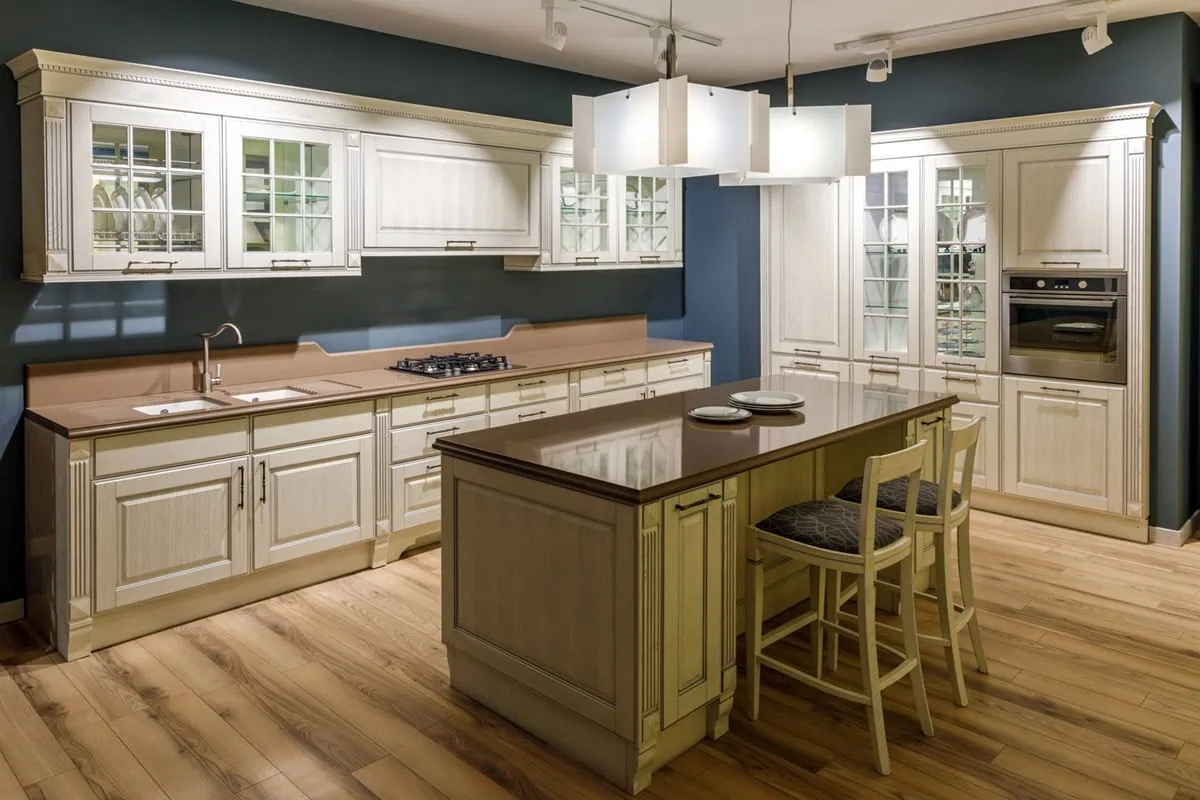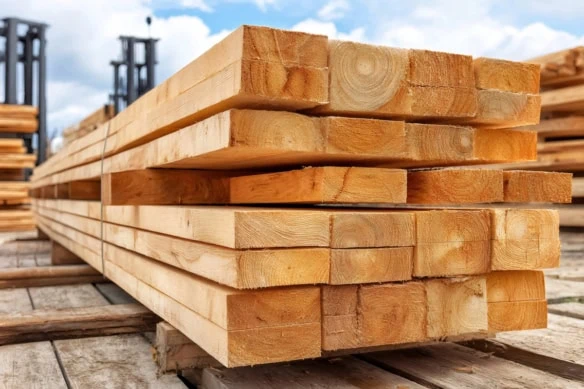The financial hurdle facing would-be homebuyers is being lifted yet again, as a homebuilders analyst says a newly announced pair of tariffs could collectively add another $1,000 to the cost of building a new home.
On Sept. 29, President Donald Trump announced a 10% tariff on all imports of softwood lumber, as well as 25% global tariffs on kitchen cabinets, vanities, and certain upholstered furniture. All tariffs would be imposed starting Oct. 14. The 25% import taxes also have planned step-ups: On Jan. 1, 2026, the tariff on upholstered furniture would rise to 30%, while the levy on cabinets and vanities would jump to 50%.
While Trump’s tariff order does make a few carveouts to limit the tariff impact on the European Union, U.K., and Japan, it fails to include Canada—America’s largest softwood lumber supplier, accounting for nearly 85% of all U.S. lumber imports. The U.S. hopes to negotiate tariffs through an update of the 2020 U.S.-Mexico-Canada agreement on trade.
What Does This Mean for Homebuyers?

These new levies threaten to affect anyone planning on buying a new home.
“We estimate the incremental lumber tariff adding $720 of additional cost to an average home, with cabinets/vanities increasing cost by roughly $280 per home,” UBS analyst John Lovallo wrote in a research note assessing the potential impact on homebuilders.
That brings UBS’s estimate for the total tariff impact on the cost to construct an average home at around $8,900.
How much of the additional cost each homebuilder will pass along to buyers will vary from one company to the next. But generally, homebuyers can expect to absorb the lion’s share of it.
Missing from Lovallo’s estimates were the impact of upholstered furniture tariffs, “as these types of furnishings are typically not the responsibility of a homebuilder.” But they’re likely to add to an already rising cost of furnishing the home—consumer price index (CPI) data shows that over the past year, living room, kitchen, and dining room furniture prices have risen by 9.5%.
“These new tariffs will create additional headwinds for an already challenged housing market by further raising construction and renovation costs,” Buddy Hughes, National Association of Home Builders (NAHB) Chairman, said in a press release.
Will the Tariffs Remain?
Some of President Trump’s tariffs are already being challenged in cases that will be heard by the Supreme Court later this year.
However, none of those fall under the authority Trump cites in these latest tariffs: Section 232 of the Trade Expansion Act of 1962, which is meant to protect national security.
The president claims domestic manufacturing capacity has been weakened to a point where “the United States may be unable to meet demands for wood products that are crucial to the national defence and critical infrastructure.”
“The proclamation noted that the Secretary of Commerce’s investigation into the effect of imported wood products found that the current import levels are weakening the economy, increasing the potential for mill closures and supply chain disruptions, and pressuring capacity utilization,” Truist analyst Michael Roxland wrote in a research note.
Other tariffs levied under Section 232 powers include taxes on cars, steel, aluminum, copper, and lumber.




![How to Get Free Money Now [14 Ways to Earn Money Today] 5 how to get free money](https://wealthup.com/wp-content/uploads/how-to-get-free-money-600x403.webp)

